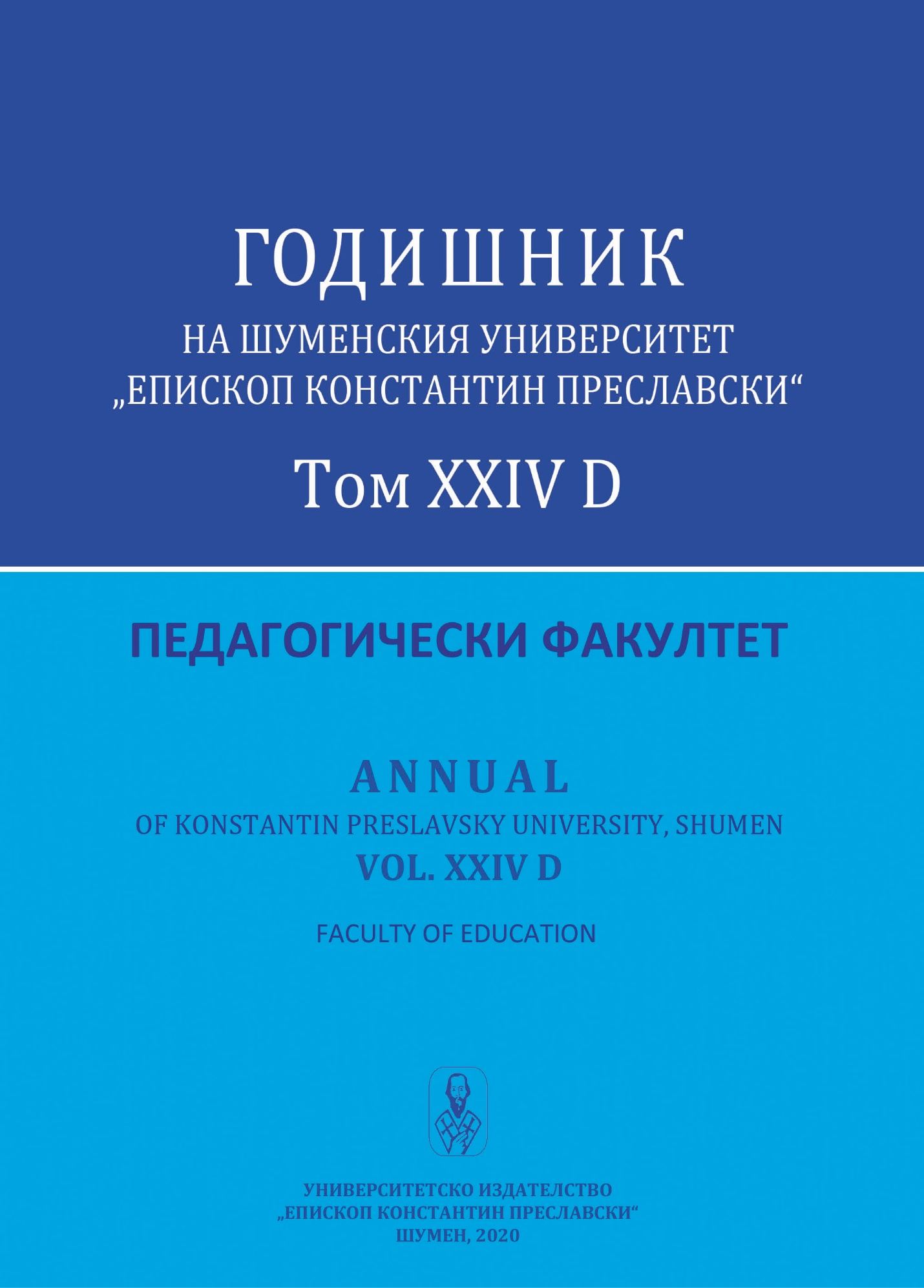Модел на приемната грижа във Великобритания
Foster care model in the United Kingdom
Author(s): Svetoslava Y. HaynovaSubject(s): Social Sciences, Sociology, Family and social welfare
Published by: Шуменски университет »Епископ Константин Преславски«
Keywords: child protection; foster care; safe; short-term; children; families; orphanages; factors; risk
Summary/Abstract: The history of the alternative care system in the United Kingdom dates back to the adoption of the Post-World War II Poor Act, which gives the Board of Trustees the right to separate children from poor families and care for them in boarding schools instead of helping families in need. Children and their families should be provided with services that value diversity and promote equality; Placement in a foster family should be based on an assessment of the children's needs, which means careful selection of foster parents over the children. A key standard is that “children in foster care are protected from all forms of abuse, neglect, exploitation and deprivation. In addition, information about foster families should be carefully recorded and made available to children. Adequate health care is needed to promote physical, emotional and social development. Children and young people need to be adequately prepared for their lives as adults.
Journal: Годишник на Шуменския университет „Епископ Константин Преславски“. Педагогически факултет
- Issue Year: XXIV/2020
- Issue No: 1
- Page Range: 855-859
- Page Count: 5
- Language: Bulgarian

